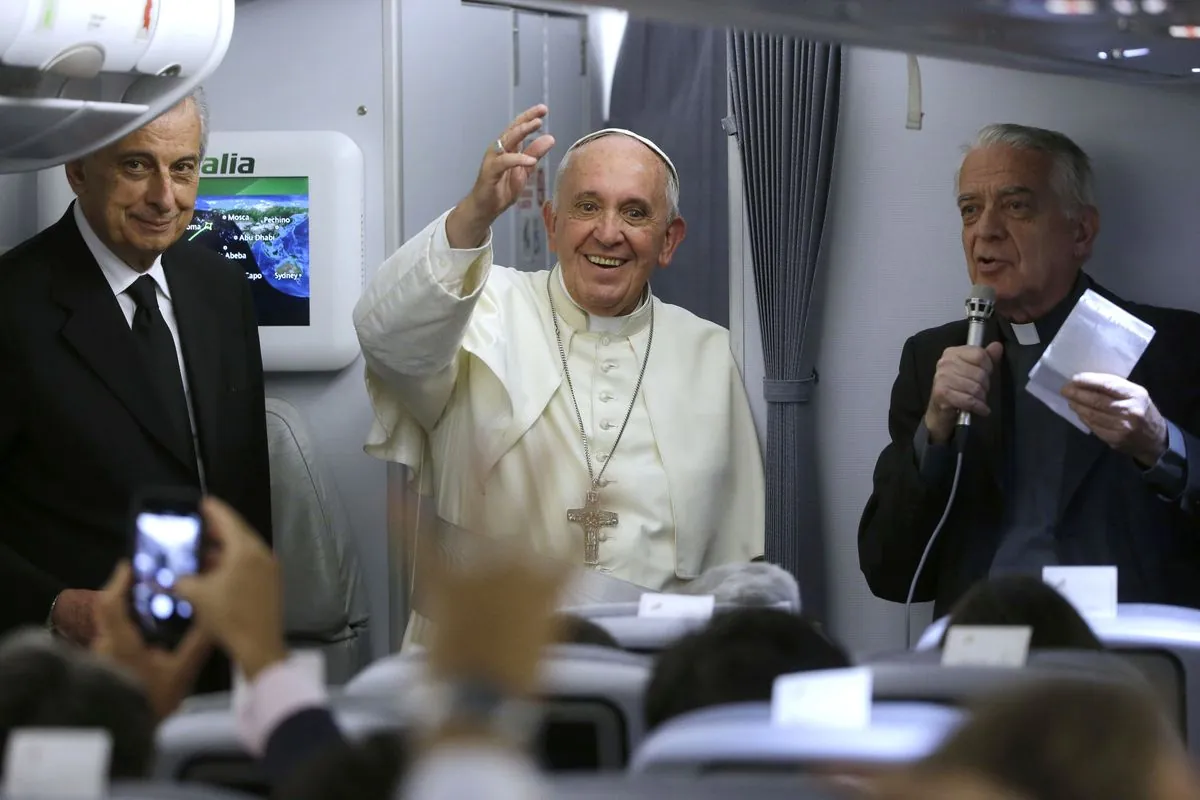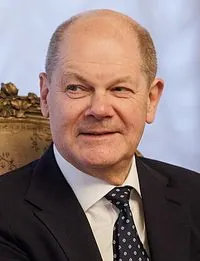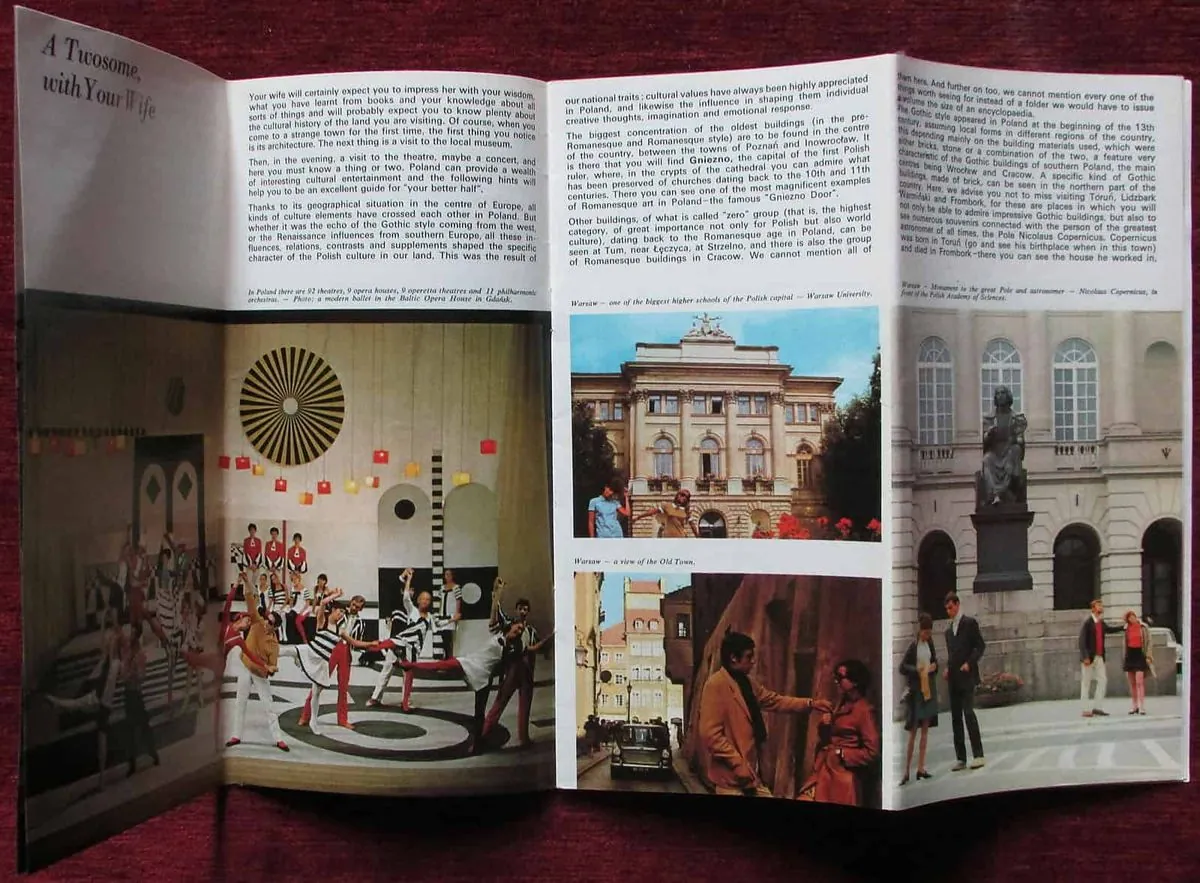Space Odyssey: The Golden Record's Cosmic Love Story
NASA's Voyager missions carry Earth's legacy into deep space. Artist Dario Robleto explores the Golden Record's significance, blending science, art, and a touching love story in his groundbreaking film.
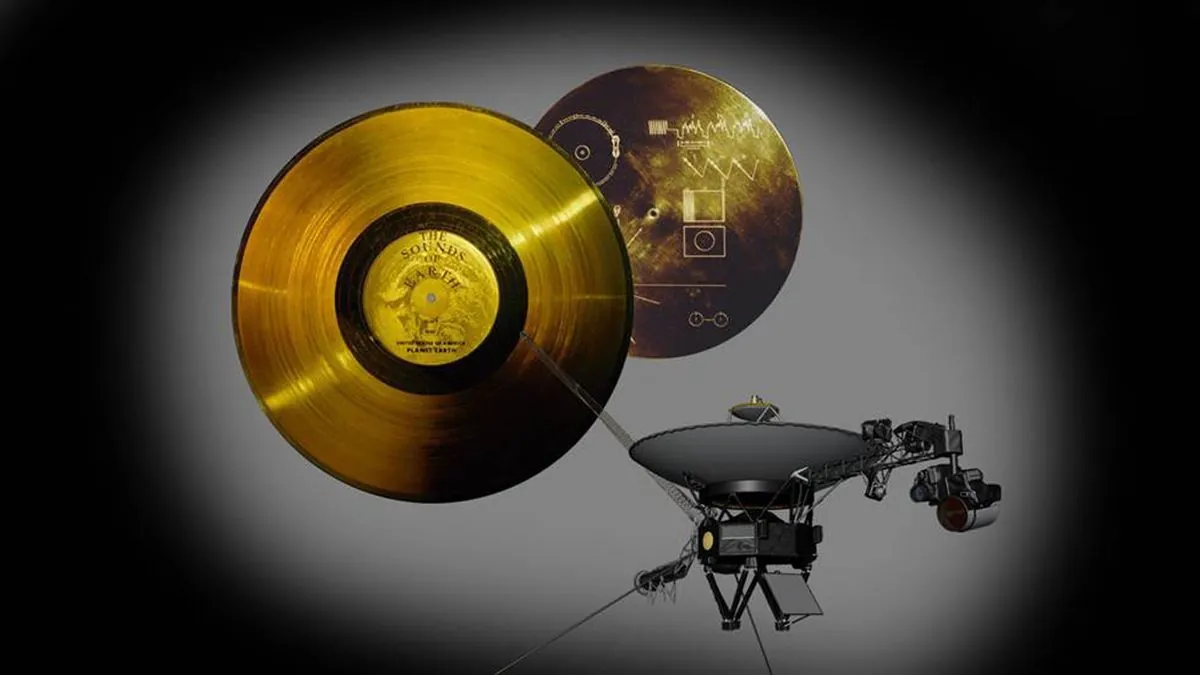
In the vast expanse of space, two human-made objects continue their journey beyond our solar system, carrying a unique message from Earth. The Voyager 1 and Voyager 2 spacecraft, launched by NASA in 1977, have become the farthest human-made objects from our planet. These remarkable probes, traveling at over 30,000 mph, carry with them the Golden Record – a time capsule representing life on Earth.
The Golden Record, a gold-plated copper disk, contains a diverse collection of sounds, images, and greetings from Earth. This extraordinary project, conceived by astronomer Carl Sagan, aimed to represent humanity to potential extraterrestrial civilizations. The record includes greetings in 55 languages, music from various cultures, and recordings of natural sounds like thunder, rain, and whale songs.
Artist Dario Robleto explores the significance of this cosmic message in his film "Ancient Beacons Long for Notice," currently on display at the Amon Carter Museum of American Art in Fort Worth. Robleto's work delves into the intersection of science, art, and human emotion, presenting the Golden Record as a profound symbol of love and connection.
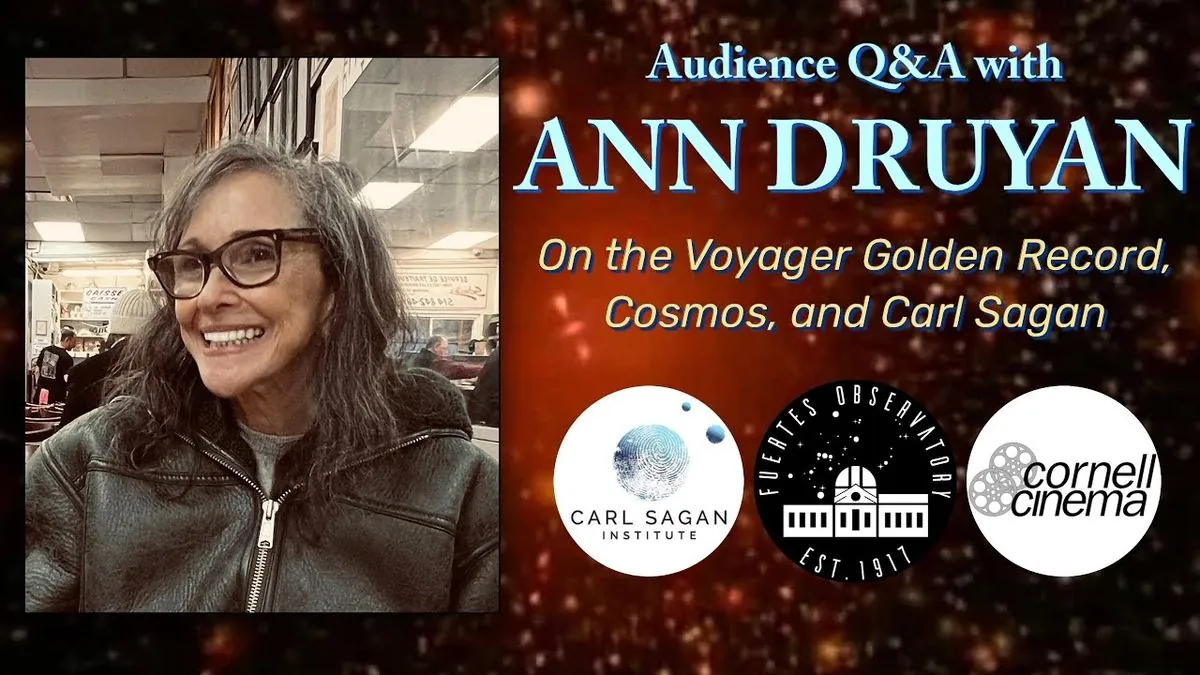
"What is the point of lies in a last testament?"
The creation of the Golden Record coincided with a touching love story. Ann Druyan, the project's creative director, and Carl Sagan fell in love while working on this cosmic time capsule. Their romance adds a poignant layer to the record's significance, embodying the human capacity for love and connection even in the face of cosmic solitude.
Robleto's film also touches on the ethical considerations behind the Golden Record's contents. The decision to exclude references to war and human conflict sparked debates about truthful representation. In response, Druyan made a unique contribution by recording her brain and heart activity while contemplating love, suffering, and hope – a minute-long encapsulation of human experience now traveling through interstellar space.
The Voyager program, designed to take advantage of a rare planetary alignment occurring only once every 175 years, has far exceeded its original mission to study the outer planets. As the probes continue their journey, expected to operate until around 2025, they carry Earth's legacy into the cosmos.
The Golden Record serves as a testament to human achievement and our desire for connection. It contains a wealth of information, including images of DNA structure, physical unit definitions, and even the sound of a kiss. This cosmic time capsule, expected to last for billions of years, represents humanity's enduring hope for connection in the vast, potentially lonely expanse of space.
Robleto's work invites us to contemplate the significance of the Golden Record not just as a scientific endeavor, but as a profound artistic and philosophical statement. It challenges us to consider our place in the universe and the enduring power of love and truth in the face of cosmic isolation.
As we continue to explore space and search for signs of extraterrestrial life, the Golden Record remains a powerful symbol of humanity's aspirations and our innate desire to connect across the vastness of the cosmos.









